Optimal Timing for Foundation Repairs
Understanding the optimal timing for foundation repairs is essential to ensure structural stability and prevent further damage. The best time to undertake foundation repairs depends on weather conditions, soil moisture levels, and the severity of the issues. Typically, dry and moderate weather conditions provide the most favorable environment for effective repairs and long-lasting results.
This period often offers ideal conditions due to moderate temperatures and manageable soil moisture levels, facilitating effective repair work.
Repair projects can be successfully completed during this time when soil moisture balances out after summer droughts or heavy rains.
Cold temperatures and potential frost make winter an unsuitable time for foundation repairs, as soil movement can hinder repair effectiveness.
Timing should also consider soil type and moisture levels to prevent issues like shifting or further settling during or after repairs.

Spring offers optimal conditions for foundation stabilization projects due to favorable weather and soil conditions.
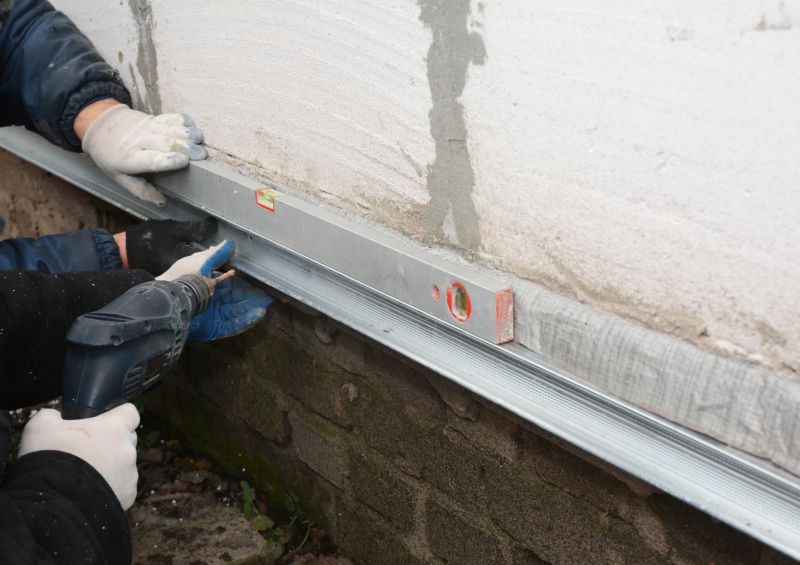
Summer repairs benefit from warmer weather, allowing for thorough work and curing processes.
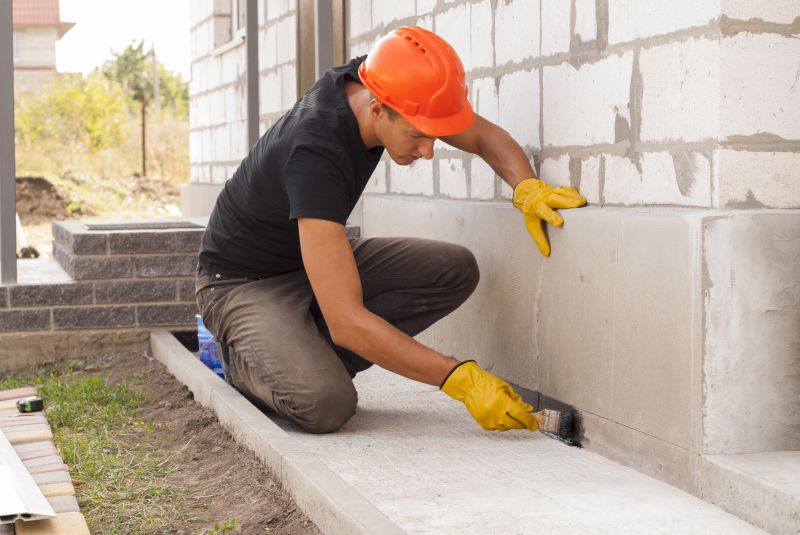
Autumn provides stable soil conditions before winter, making it a good time for foundation work.
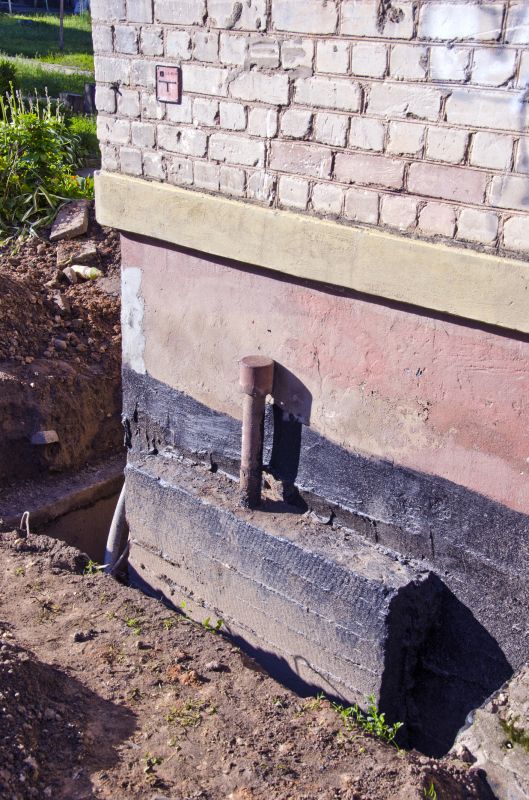
Dry weather minimizes soil movement, which is critical for successful foundation repairs.
| Season | Ideal Conditions for Foundation Repairs |
|---|---|
| Spring | Moderate soil moisture, mild temperatures, manageable weather |
| Summer | Warm weather, longer daylight hours, good curing conditions |
| Autumn | Stable soil, cooler temperatures, before winter freeze |
| Winter | Not recommended due to cold, frost, and soil movement |
Foundation repairs are a critical aspect of maintaining structural integrity in buildings. Addressing issues such as cracks, settling, or shifting early can prevent costly damages and ensure safety. Proper timing enhances the effectiveness of repair methods, minimizes disruption, and extends the lifespan of the foundation. Regular inspections and timely intervention are essential components of foundation maintenance.
Statistics indicate that addressing foundation issues early can reduce repair costs by up to 50 percent. Soil conditions, weather patterns, and construction quality all influence the timing and success of repairs. Consulting with foundation specialists can help determine the most suitable time for repairs based on local climate and soil characteristics.
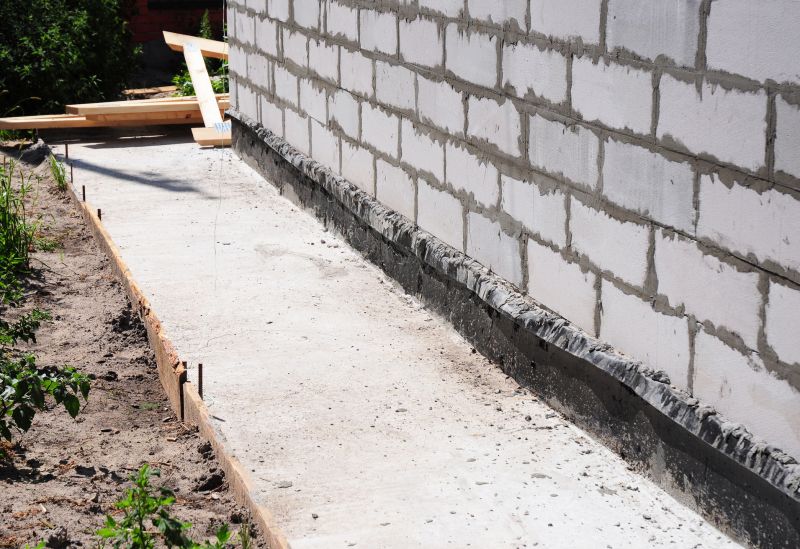
A typical repair involves soil stabilization, underpinning, or piering to restore stability.

Sealing cracks prevents water intrusion and further deterioration.
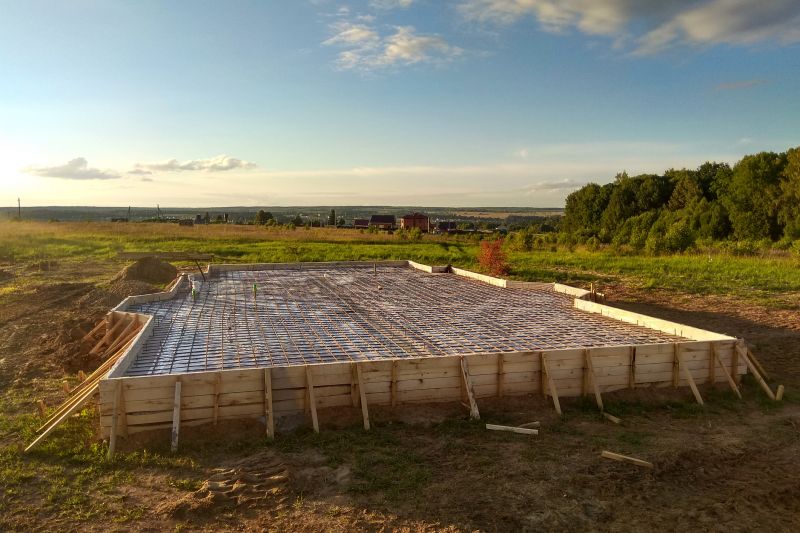
Reinforcing structures ensures long-term stability and safety.
Interested parties are encouraged to fill out the contact form for further information about foundation repair services. Proper timing and professional assessment can help maintain the safety and value of a property.

